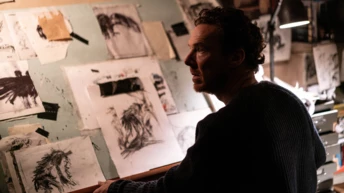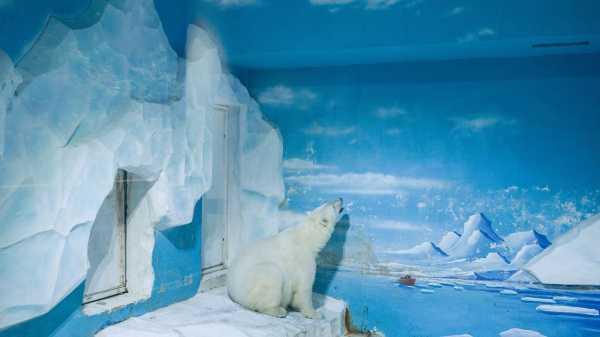
Save this storySave this storySave this storySave this story
The Devils Hole pupfish is often described—probably accurately—as the “rarest fish in the world.” The fish is about an inch long and sapphire blue, with wary-looking dark eyes. It lives in only two places on Earth. One is the real, or at least original, Devils Hole, a pool of exceptionally clear, geothermally heated water found at the bottom of a limestone cavern in the Mojave Desert. The second is the fake Devils Hole, a pool of very clear, artificially heated water found inside a large shedlike building, also in the Mojave. The fake pool has been designed to imitate the uppermost twenty feet of the real one as closely as possible, down to the contours of its sides, which are made not from rock but from plastic foam sealed with fibreglass.
The ersatz Devils Hole was constructed by the United States Fish and Wildlife Service, after the population of pupfish in the real pool dropped to a mere thirty-five individuals, in 2013. The idea was to create a backup population as a stay against the species’s extinction. Several years ago, when I visited both pools, the population of the genuine pool was bigger than that of the simulacrum. Now, however, the situation is reversed: more Devils Hole pupfish live in the mock Devils Hole than in the actual one.
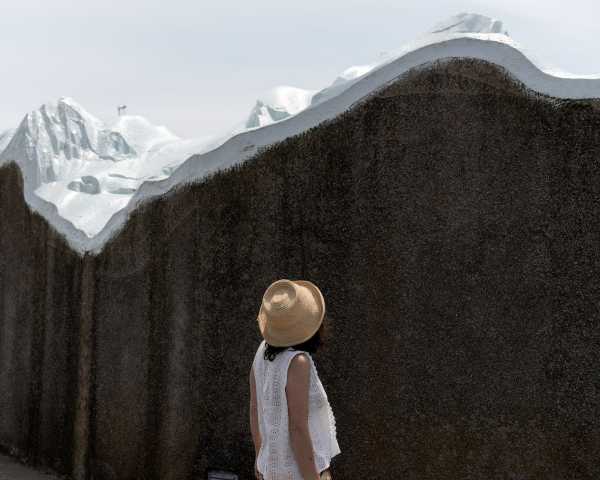
Italy in Miniature theme park, Italy.
I often found myself thinking of the pupfish and their two pools as I made my way through Zed Nelson’s new book, “The Anthropocene Illusion.” Nelson is a London-based photographer whose previous works include “Gun Nation,” which documents America’s dangerous devotion to firearms, and “Love Me,” a look at the beauty-industrial complex. For his latest volume, Nelson visited fourteen countries to explore our increasingly fraught relationship to what, at one point, we might have called nature.
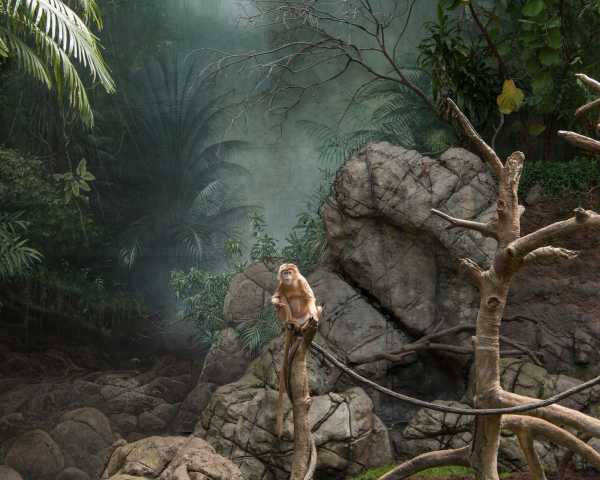
Bronx Zoo, U.S.A.
Facsimiles feature prominently. At Italy in Miniature, a theme park southeast of Bologna, Nelson watches a little girl crawling over a resin-foam imitation of the Dolomites, coated with plastic snow. He travels to the Tropical Islands resort, the world’s largest indoor water park, outside of Berlin, where attractions include artificial versions of a sandy beach, a tropical village, and a rain forest. Nelson photographs Volcano Bay, a water park in Orlando that’s built around a two-hundred-foot-tall model of Krakatau, and the Longleat safari park, west of London, which offers close encounters with animals usually found in Africa, South America, and Australia. The natural world has been reproduced, reshuffled, and repackaged, sold to visitors in the form of spectacle.
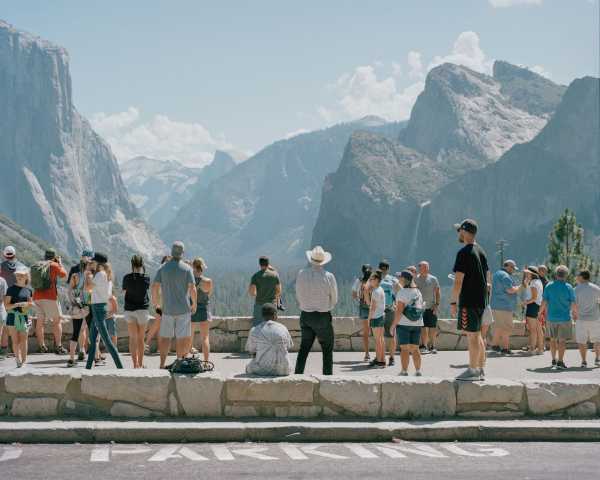
Yosemite National Park, U.S.A.
“Today, social media and the internet’s ceaseless flow of visual stimulation and information have birthed a state of unreality, where we are no longer looking for truth, but only a kind of amazement,” Nelson writes. In one of the most striking images in the book, spectators gather in front of a huge tank at the Chimelong Ocean Kingdom, on the island of Hengqin, in China. They view the animals drifting by—sharks, fish, jellyfish—on the screens of the phones that they are using to film the action.
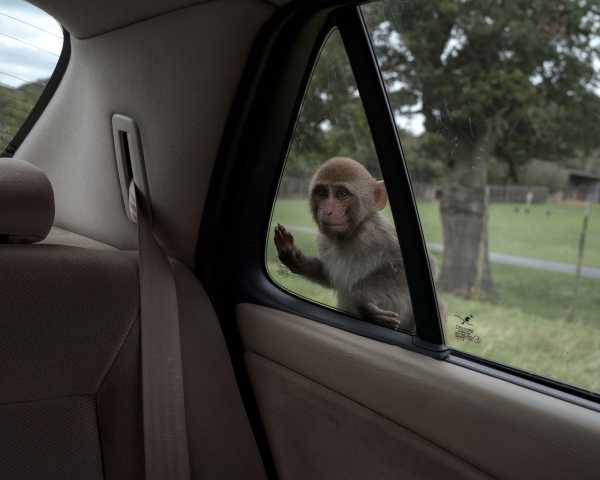
Longleat Safari Park, U.K.
In Nelson’s images, the replicas created to stand in for degraded and dwindling ecosystems are themselves often in need of repair. The painted forest at the Shanghai Wild Animal Park is flaking. The beams in the Palm House at Kew Gardens are rusting. The faux ice floe in the polar-bear exhibit at China’s Dalian Forest Zoo is stained with what looks like mold. In these images, the emphasis is usually on the artifice, rather than on the animals. In the shot from Dalian Forest Zoo, the doors through which the polar bear must enter and exit its enclosure are clearly visible. In an image from Quancheng Ocean Polar World, also in China, the fish are blurry while the pipes that circulate the water are in focus.
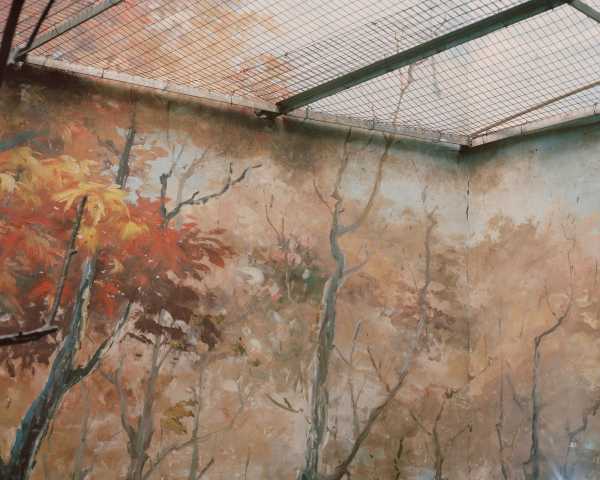
Beijing Zoo, China.
When Nelson travels to pockets of the natural world that remain (more or less) intact, the results are not all that different. From the mountains to the savanna, it’s alienation all the way down. In Kenya, Nelson photographs a spread that’s been laid out for tourists who have booked a hot-air-balloon ride and a “Masai Mara champagne breakfast.” In Sri Lanka, he observes a woman watching elephants from the comfort of a swimming pool. In Yosemite National Park, he captures a line of cars stuck in bumper-to-bumper traffic. Also in Yosemite, Nelson photographs a crowd of people gathered to watch Bridalveil Fall from a roadside vantage point. The scenery might be awe-inspiring, but in Nelson’s image the colors are washed out and the suggestion is that the crowd might as well be looking at a simulation.
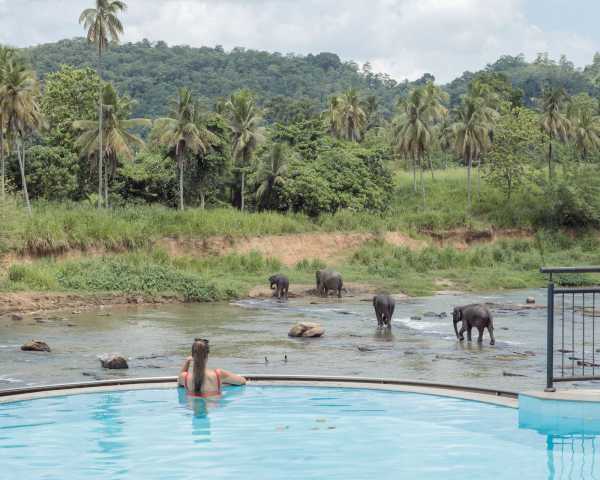
Elephant Bay Hotel, Sri Lanka.
“The commodification of wilderness brings with it roads, picnic spots, car parks, toilets, restaurants and luxury hotels,” Nelson writes in the book’s afterword. “National Parks, promising scenic views from one’s vehicle and mediated encounters with symbolic wildlife, have become like a glass-encased museum display—static, curated and existing only to be gazed upon.”
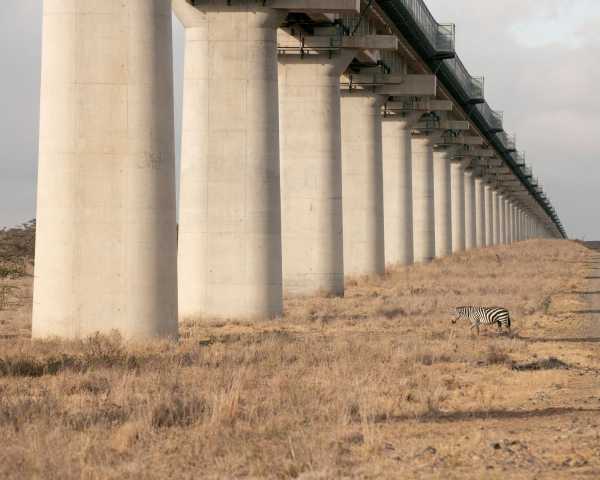
Nairobi National Park, Kenya.
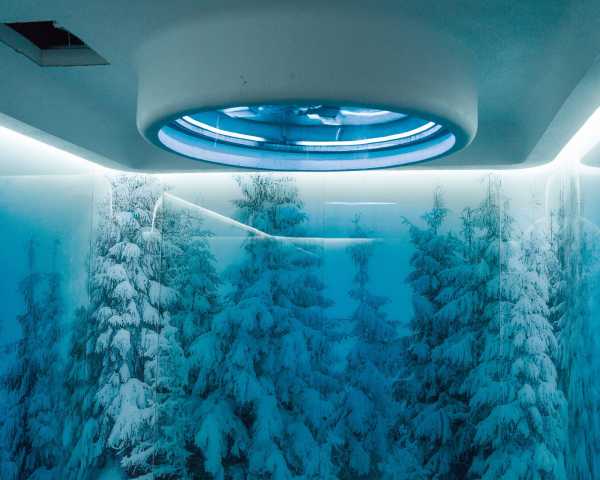
Sauna with snow machine in luxury villa, The World, artificial islands, Dubai.
One of Nelson’s chief complaints about the simulacra that he visits is their rigidity. In a confected nature, he laments, there are “no surprises” and “nothing happens unless it’s part of the show.” A version of this same sameness holds for “The Anthropocene Illusion” itself. The volume’s power lies in its relentless impulse toward disenchantment. Wonder isn’t really an option. One image depicts a diorama at the American Museum of Natural History, in New York, viewed aslant so that the seams in the window are just as prominent as the scene itself. I have often stood before this display, which features taxidermied bison against a painted prairie, and found it to be moving. But Nelson’s point seems to be that all efforts to reproduce the natural world, whether motivated by crassly commercial interests or ones that are, ostensibly, more edifying, are much alike in the end. The Anthropocene illusion is that we can somehow connect with the natural world at the same time that we have, as Nelson puts it, “turned our back” on it. Although he doesn’t visit the imitation Devils Hole, or any of the many other fake habitats that have been created to try to breed up endangered species, Nelson would, I suspect, regard them similarly. And I fear he may be right.
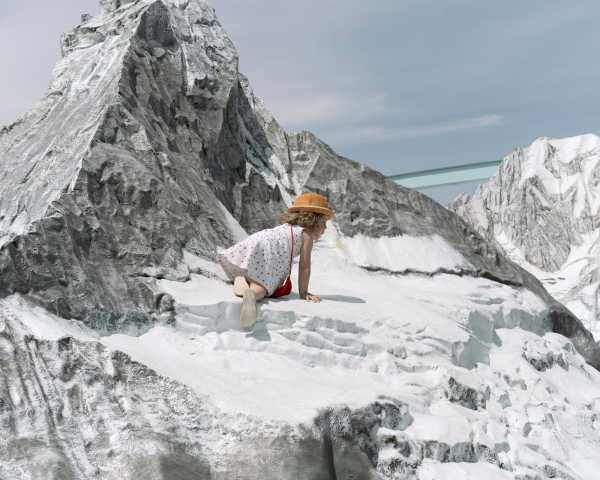
Italy in Miniature, Italy.
Sourse: newyorker.com




